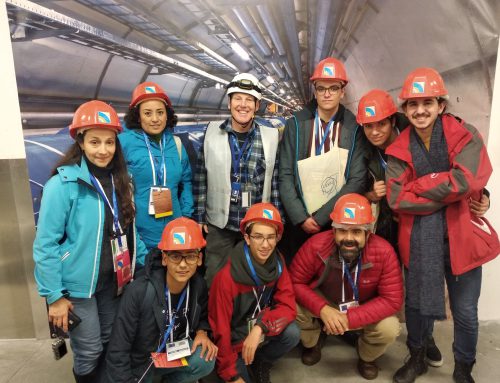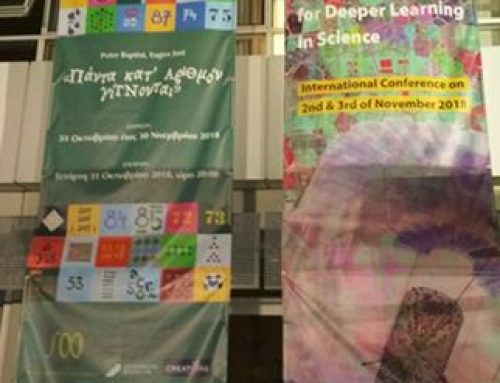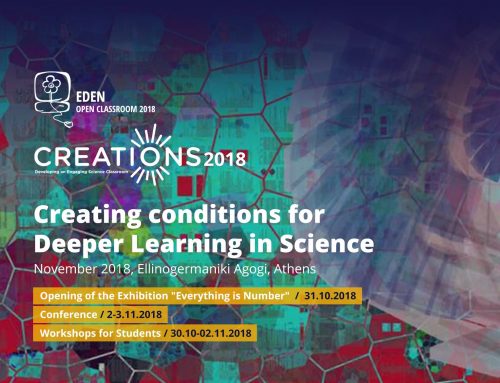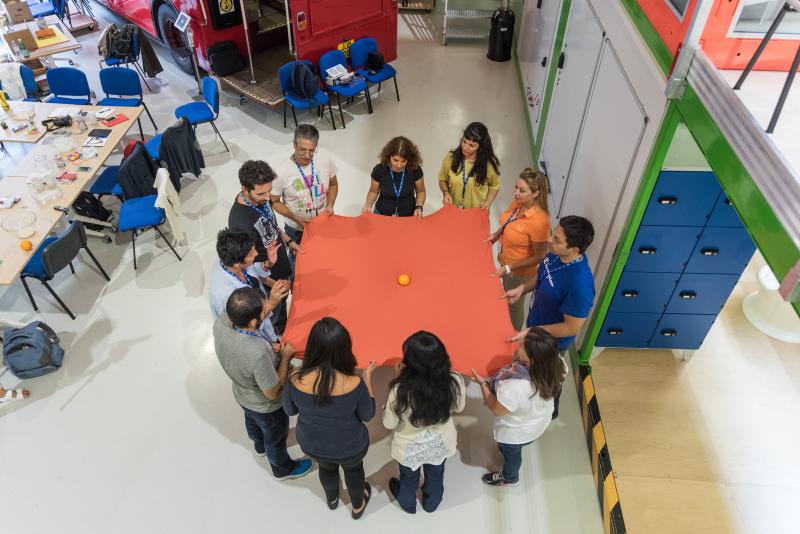
Playing with Protons (PwP) is a new science education initiative led by the CMS Experiment that contributes to this effort by encouraging primary school teachers to engage in professional development (PD) opportunities. These are designed specifically to enrich teachers’ pedagogical practice with creative, hands-on methodologies by which K-6 students can, in turn, get engaged effectively with science, technology and innovation.
Thanks to synergies built between nonprofit organisation New Wrinkle, the industry, the Greek Ministry of Education and the European Commission Office in Athens, and under the umbrella of EU project CREATIONS, a fully self-funded PwP course became a reality this year for a small number of Greek primary school teachers. The 10 finalist teachers were selected by a committee at CERN from a total of 151 applications.
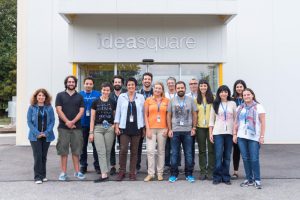 The course was hosted by CERN’s IdeaSquare from 17 to 22 August 2016, and based on participants’ written feedback we may securely say that it has been successful. This, of course, wouldn’t be possible without the support, enthusiasm and expertise of many colleagues from CMS and the wider CERN community.
The course was hosted by CERN’s IdeaSquare from 17 to 22 August 2016, and based on participants’ written feedback we may securely say that it has been successful. This, of course, wouldn’t be possible without the support, enthusiasm and expertise of many colleagues from CMS and the wider CERN community.
And now, what better way to learn about this experience than from the teachers themselves? Here is an interview with Elena Elliniadou and Filippos Tzortzoglou, two of the participants of PwP Greece 2016, soon after their returnhome from CERN.
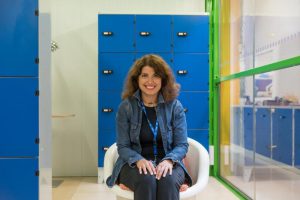
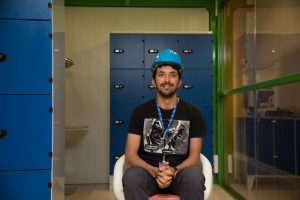
Now that the course is over, what will you bring back to your school, to your students and perhaps to your local community?
EE: I’ll try to pass on my passion and enthusiasm to my students and my colleagues, first by describing them my overall experience at CERN and, second, by working with them on various curriculum projects inspired by what I learned during the course. I’ll definitely tell everyone that there is a place called CERN, where diversity, equality and peace are not just accepted but celebrated. I’ll also tell them that there are no many places in the world that really push forward our understanding of where we come from, what we are made of, and where we are going, also as humanity at large. We, as teachers, have an obligation to help our students open their own paths to knowledge, science and life. What I – and I believe all the other teachers who took part in PwP – will do is to communicate to colleagues, students, parents and the local community what we experienced at CERN and how we can transform this experience into school projects, outreach events for the local community and learning networks, both physical and virtual.
FT: During my time at CERN, I met a lot of interesting people such as the fellow teachers who took part in the course, and a good number of CERN scientists. I definitely learned a lot by visiting remarkable experimental facilities and by experiencing first-hand the multicultural and vibrant culture of collaboration that makes CERN what it is. I’ll definitely share this experience with my school and the local community! I’ll tell them how enthusiastic and passionate the people I met are about their work in science and technology. I’ll then try to pass on my own enthusiasm and the new things I learned during the course to my students. A concrete way to do so is to try to incorporate ICT applications into new educational scenarios inspired by PwP, perhaps by making a mobile game or an AR application in order to motivate and guide my students in the right direction.
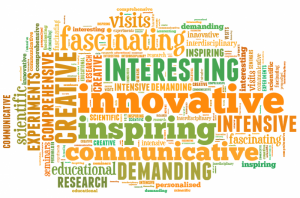 What are your personal highlights of this course?
What are your personal highlights of this course?
EE: Being around brilliant scientists, both young ones and seniors, and feeling their passion and energy for what they are doing was something I hadn’t experienced before. John Ellis’ “Playing with the Universe” lecture, which was tailored to primary school teachers, was in particular truly amazing. I’ll also remember the visits and, of course, the afternoon hands-on workshops at IdeaSquare. My overall takeaway is that there is a purpose that runs through all that CERN scientists do, and that is to help us understand better the physical world and our place in it.
FT: I have to say that I enjoyed all the presentations and workshops. A personal highlight was François Briard’s talk about the “Dans la peau d’un chercheur” project. I think it’s a fantastic way to foster scientific reasoning in primary school students. Meeting applied physicists such as Andromachi Tsirou from CMS, but also theoretical physicists such as Asimina Arvanitaki from Perimeter Institute, was also really useful as it helped me understand where theory and practice meet in particle physics. And, of course, John Ellis’ talk was something else! I was also amazed by the visit to the CMS experiment, which made me realise the amount of human effort and sophisticated materials required to build a particle detector. This can only be possible when passionate and determined individuals work together. And this passion and determination, I think, is what makes CERN what it is.
Full text can be read here.



